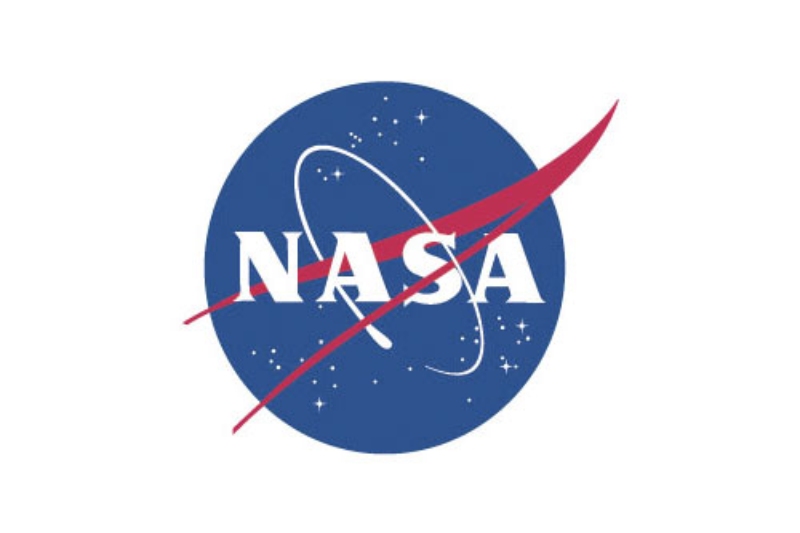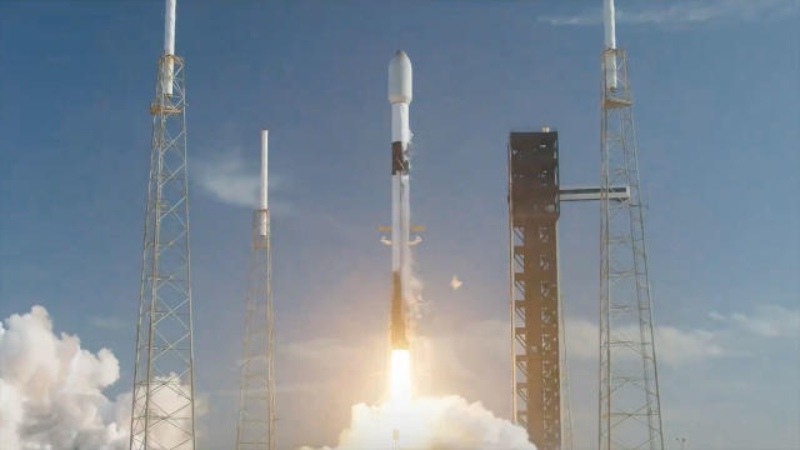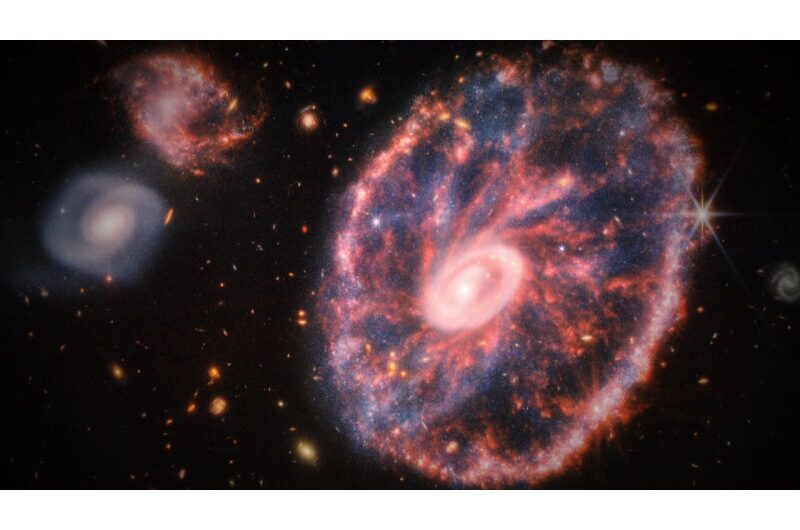NASA has decided to create an ultraviolet observatory, but due to financial constraints, the launch will be postponed by two years.
NASA declared on February 13 that it has selected the Ultraviolet Explorer, or UVEX, spacecraft to be its next Medium-class Explorer mission for astrophysics. The spacecraft is designed to conduct an all-sky survey at ultraviolet wavelengths, with the goal of identifying ultraviolet sources of intense events such as gravitational wave bursts caused by mergers of neutron stars.
“The selection of NASA’s UVEX mission will enable us to gain deeper insights into the properties of nearby and distant galaxies, and to monitor dynamic events in our evolving universe,” stated Nicola Fox, NASA’s associate administrator for science.
Caltech astronomer Fiona Harrison, the principal investigator of the 2012-launched Nuclear Spectroscopic Telescope Array (NuSTAR) Small Explorer mission, will lead the $300 million mission. Northrop Grumman, Space Dynamics Laboratory, and the University of California, Berkeley are some of UVEX’s other collaborators.
NASA stated that UVEX will take off in 2030. However, NASA stated that the chosen mission will launch in 2028 when it chose UVEX and another proposal, the Survey and Time-domain Astrophysical Research Explorer (STAR-X) mission, for more investigation in August 2022.
Budget concerns within NASA’s larger astrophysics program are the reason for the two-year delay, NASA spokesman Alise Fisher told SpaceNews on February 14. “The goal launch date of UVEX is 2030, which will enable an extended phase B to address financial constraints in the Astrophysics Division portfolio,” the spokesperson stated. A mission’s first design work, including a preliminary design review, is covered in phase B.
“Extending UVEX’s phase B allows us to prioritize missions already in development so that NASA can still fully support them, while also supporting the innovative UVEX concept,” she said.
Paul Hertz, the former head of NASA’s astrophysics division, foresaw such a delay in July 2022 and cited budget cuts that were then anticipated for the fiscal year 2023. As a result, he stated at the time, the mission would have to delay its launch by spending longer time in Phase B in order to reduce its budget ramp-up.
NASA also designated two other projects as missions of opportunity, which are less costly substitutes that frequently entail launching a payload onto another spacecraft or the International Space Station, at the same time as it designated UVEX and STAR-X for further investigation. The first, called Moon Burst Energetics All-sky Monitor (MoonBEAM), was a smallsat that looked like NASA’s Lunar Trailblazer spacecraft and carried a gamma-ray experiment in cislunar space. The second, known as A Large Area burst Polarimeter (LEAP), would have used an ISS-based device to study gamma-ray bursts.
NASA stated that it would choose one of the missions, with a cap on costs of $80 million, for launch by 2027 when it designated LEAP and MoonBEAM for additional research. NASA reiterated that the agency’s decision to not proceed with either mission was due to financial constraints.
“After detailed review by a panel of scientists and engineers, and after evaluation based on NASA’s current astrophysics portfolio coupled with available resources, NASA declined to select a Mission of Opportunity to continue into development,” Fisher said. “NASA is in a constrained and uncertain budgetary environment that necessitates thoughtful consideration of plans and activities for all future missions, while also ensuring a balanced portfolio.”
NASA officials have alerted the public about the agency’s overall financial constraints, which affect its astrophysics missions as well. The agency’s current director of astrophysics, Mark Clampin, stated in October that the agency was considering reducing the funding for the Hubble Space Telescope and Chandra X-Ray Observatory because the agency’s funding levels for fiscal year 2024 are anticipated to be no higher than those for 2023.
Clampin stated he was working to prioritize missions in their prime operations phases, such as the James Webb Space Telescope, as well as continued development of the Roman Space Telescope and early work on another flagship telescope, the Habitable Worlds Observatory, at a NASA town hall meeting during the American Astronomical Society meeting on January 8 in New Orleans. Grants for astrophysics research and analysis would likewise be safeguarded, he said.
That approach, he said, would ensure a balanced portfolio across astrophysics. “We’re still extremely well-funded. We have a lot of great missions that are operating and we have a lot of great programs that are moving forward,” he said. “I kind of look at this as a glass half-full. There’s a lot of opportunity here for both current astrophysics and future astrophysics generations.”
Topics #NASA #UVEX mission










